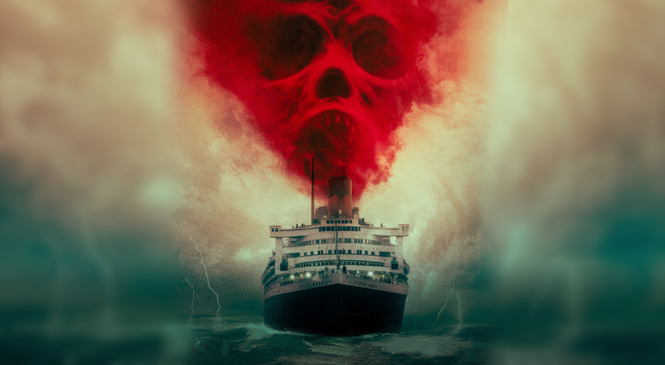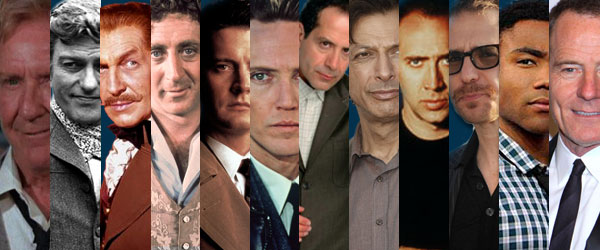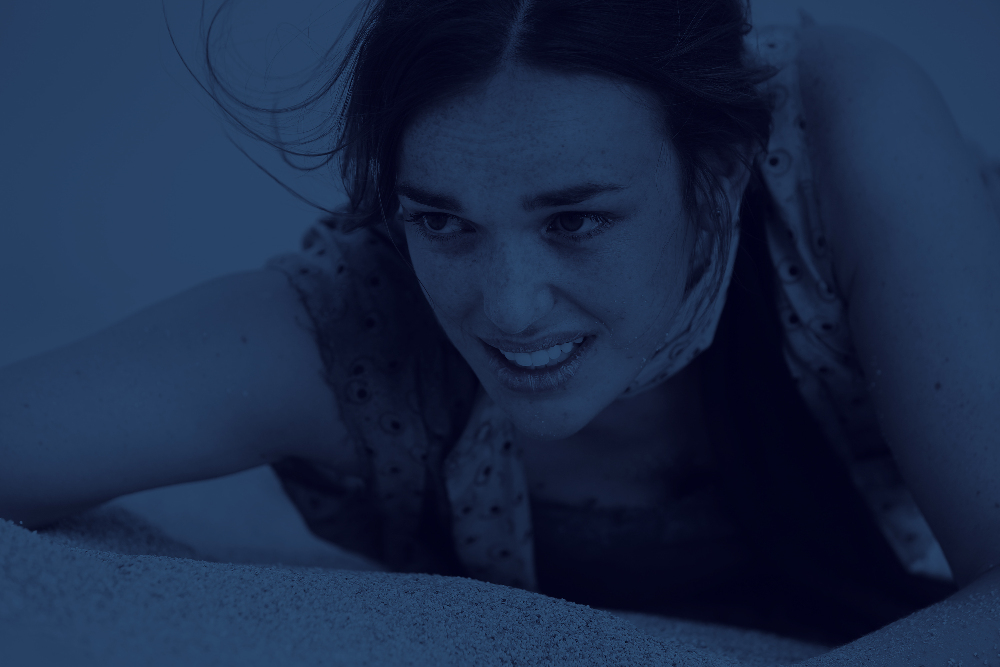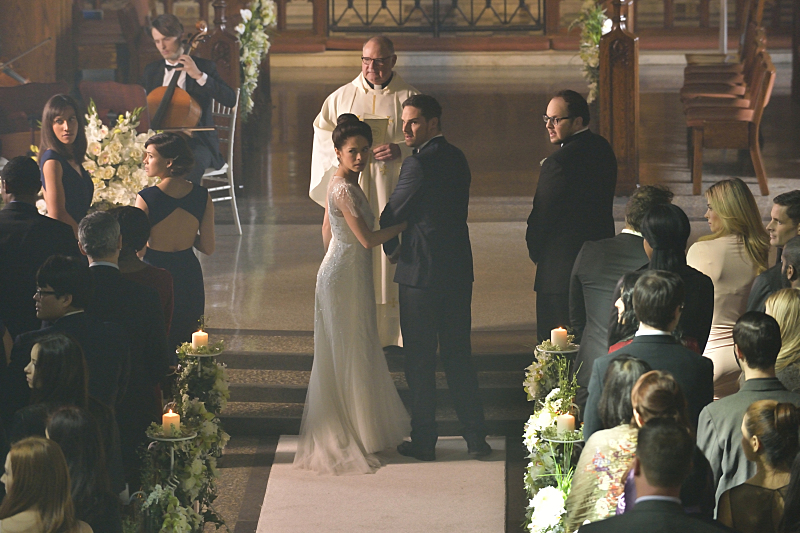Terror on the High Seas: Part One – HAUNTING OF THE QUEEN MARY

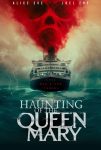 Haunting of the Queen Mary (2023)
Haunting of the Queen Mary (2023)
Screenplay by Stephen Oliver, Tom Vaughn, Gary Shore
Produced by Brett Tomberlin, Nicholas Ferrall, Nigel Sinclair, Lars Sylvest, Thorston Schumacher, Jason Newmark, Lori Cook, Mali Elfman
Directed by Gary Shore
Not-Rated, 2hr 5m
2023 saw a lot of success for the horror genre, with M3GAN, SAW X, Scream VI, and Evil Dead Rise being just a few of the bloody treats for audiences to enjoy this year. Of course, not every film was a hit with audiences or critics, despite the best efforts of the creative teams involved and, conveniently, we have a bit of a theme that links a couple of those projects that underwhelmed, despite those efforts.
Terror set on the seas has a few built-in advantages in setting the stage and tone for a horror film, most notably a good reason for the characters to not just leave the site of their torment, what with a very large and dangerous ocean outside that’s hardly a refuge from whatever dangers lie onboard. This has been used to various degrees of effectiveness in films like Triangle, Death Ship, and Ghost Ship; variations involving undersea bases like The Abyss and Underwater; and, of course, replacing terrestrial seas with the seas of stars, in films like Alien and Event Horizon.
Some of these films are classics of the genre, some not so much, but all of them play with the same idea of being trapped on a vessel with death closing in, and there just not being anywhere safe to run to. This is where the casts of Haunting of the Queen Mary and The Last Voyage of the Demeter find themselves, and where I, your steward on this journey, shall lead you through two films with great potential, exquisite production design, and talented casts, that… sad to say, flounder on the rocks of success.
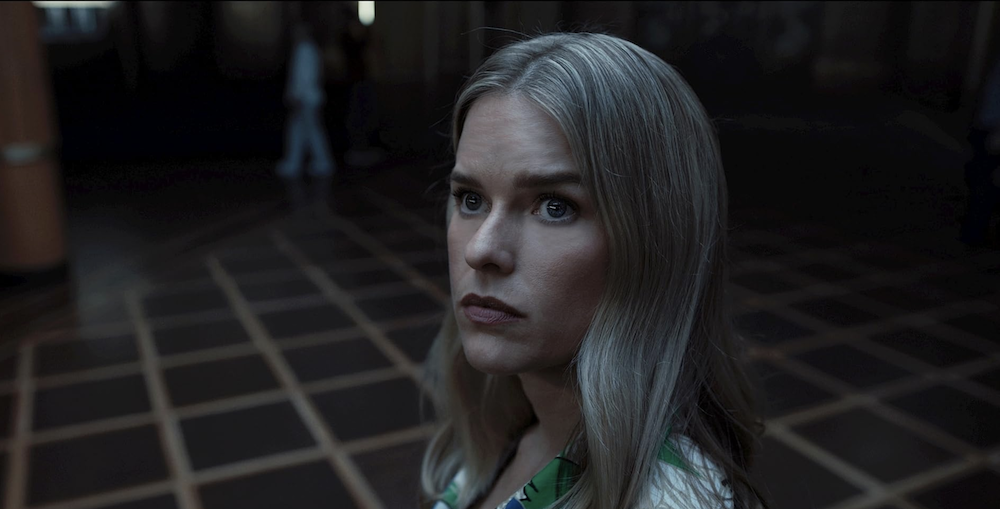
Let’s start with Haunting of the Queen Mary, starring Alice Eve (Star Trek into Darkness), Joel Fry (Game of Thrones), Wil Coban (Zach Snyder’s Justice League), Nell Hudson (Outlander), Dorian Lough (The Last Kingdom), Lenny Rush (Dodger), and Florrie Wilkenson (101 Dalmatian Street). Set both in 1938 and the present day, our story involves two families whose experiences aboard the famous ocean liner RMS Queen Mary will be marked by possession, madness, and murder. In 1938, the working-class Ratch family — composed of Coban’s David, Hudson’s Gwen, and Wilkenson’s Jackie — have taken advantage of a Halloween costume party to sneak from third-class into the first-class section of the ship, and crash the upscale dining that the upper crust enjoys. Their goal is to secure an audition for Jackie with one of the famous film producers onboard, in the hopes her dancing talent will be recognized, and she can become the next Shirley Temple.
In the present, Eve’s Anne Calder arrives at the Queen Mary — long moored at the docks in Long Beach, California, and now a tourist destination — with her son, Rush’s Lukas, to meet with her estranged husband, Fry’s Patrick. In a bid to save their marriage, they’re pitching a book/virtual tour project to the management, and while Anne meets with Lough’s Captain Bittner, Patrick takes Lukas on one of the tours of the ship.
Neither family will emerge unscathed from the events that follow.
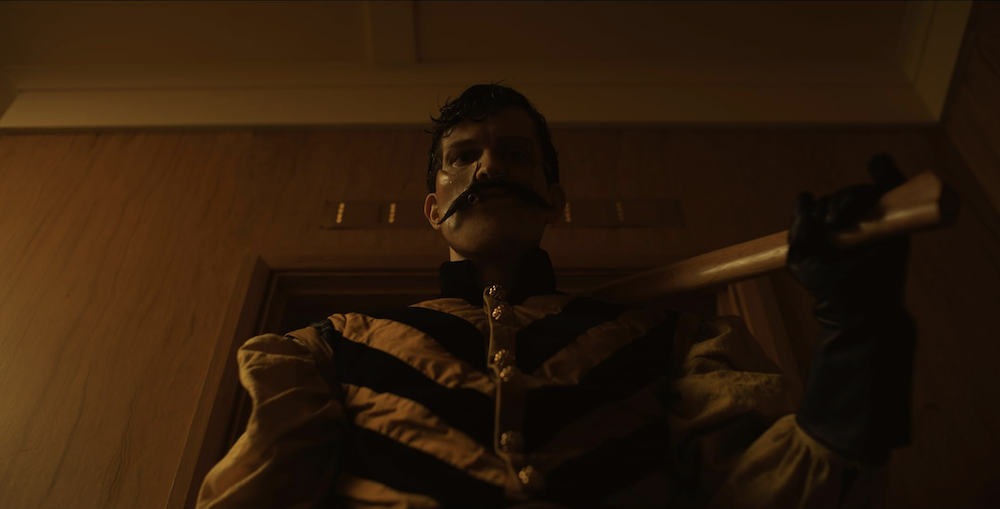
If you’re familiar with the history of the real Queen Mary at all, then you’re likely aware that it is both one of the most famous modern ocean liners, and, supposedly, one of the most haunted places in the world. Built in the early 1930’s, the ship is both a gorgeous example of the period’s art and design, and a labyrinth of corridors, hatches, and boilers, making for a great setting for a tale of hauntings and possession. And, on a visual level, the film benefits greatly from a mix of period reconstruction set pieces and some footage shot on the actual ship itself. The camera work from Director of Photography Isaac Bauman takes advantage of these spaces for some lush historical sequences, as well as some genuinely eerie moments and explosions of violence. Unfortunately, the script doesn’t stand up to the visuals on display, as while the film looks great, the narrative crumbles in a case of trying to put too much into too small a space.
Part of the problem is the two-time period structure. In trying to follow the stories of the the Ratches in the 30’s and the Calders in the present, the film leaves a lot of questions unanswered. Now, we don’t need every single thing in a movie explained, but some things just seemed… incomplete. For example, I couldn’t tell if the Ratches were a performing family, although there are hints that they are, or what the point of David’s disfigurement was. For someone who is trying to pitch a project, Anne seems to have done little real research into the history of the Queen Mary, which seems strikingly unprofessional, and it seems that the project is driven as much by Patrick trying to reconcile with her, but as the film progresses, the feeling of incompleteness just grows and grows. Which isn’t great, especially for a film that’s over two hours long, and by the end it’s clear that by trying to give both familys’ stories equal weight, both are shortchanged.
It definitely doesn’t help that we get a short time-jump in the modern section, and spend a chunk of the last half of the film having the time between Anne and Patrick’s first visit and their second filled in in fits and starts. That missing time is supposed to be crucial to the ending of the film, but we’re given two different versions of those events, only one of which actually makes sense in the story we’re being told, and that’s the version we’re meant to believe isn’t the real one. If the “real” one is what actually happened, then literal physical effects on certain characters didn’t actually happen, and the film spends too much time showing us that those physical effects are real. It’s a contradiction that can’t actually be waved away, especially since a lot of the dialogue in the present day doesn’t make a lot of sense without knowing what actually happened in that missing time.
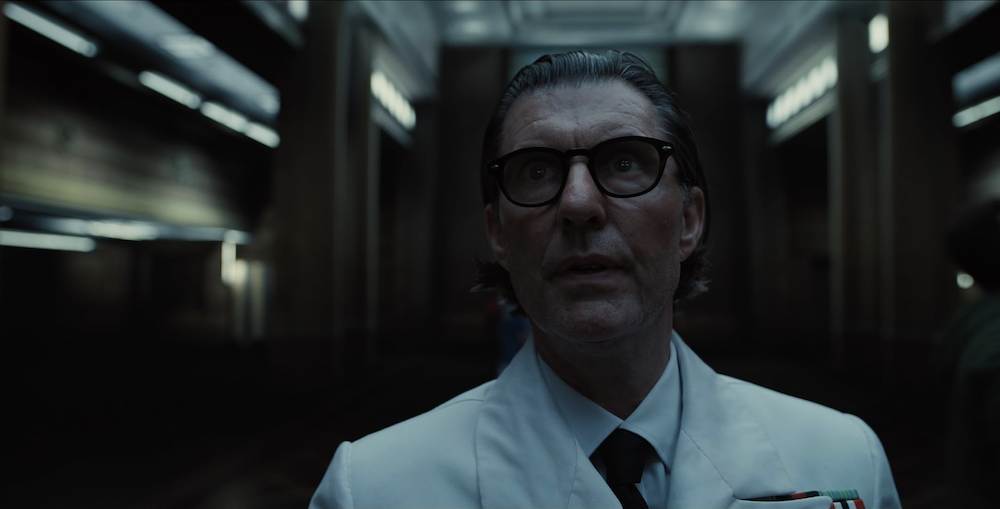
Then there’s the role of Captain Bittner in all of this, which is also barely explained, but seems to be ensuring that the ghosts of the Queen Mary are contained, for… reasons? At first he seems to be a kinda creepy obstruction to Anne and Patrick, but then it’s revealed that he’s connected to the ship in some sort of supernatural way that isn’t explained at all.
So what does work? The aforementioned production design is uniformly excellent, with the 1930’s-era clothing and atmosphere standing out, especially when the supernatural aspects of the story kick into gear. For all the problems with the second half, the first half of the film works extremely well, overall, especially the parts set in the 30’s. We get just enough character development of the Ratches to make what happens to them tragic, and even get little Jackie teaming up with Fred Astaire for a dance sequence, which is fun, if unnecessary.
In the present, Patrick and Lukas’ tour becomes a nightmare for the little boy as he’s separated from his father and encounters the ghosts of the ship, and for audiences uncomfortable with seeing a child put in danger, this sequence is both very creepy and disturbing. The implications of what it means to be a ghost on the Queen Mary, and the root cause of all the hauntings and the nightmares that engulf both families is intriguing, even if it’s actually a third storyline in a film that isn’t giving enough time to making the other two main ones build to an effective climax. Once the bloodletting really starts at about the midpoint of the film, the film leans hard into it. From an axe-wielding David, a suddenly murderous Bittner, and the ship’s boilers overheating, the violence is brutal and effective.
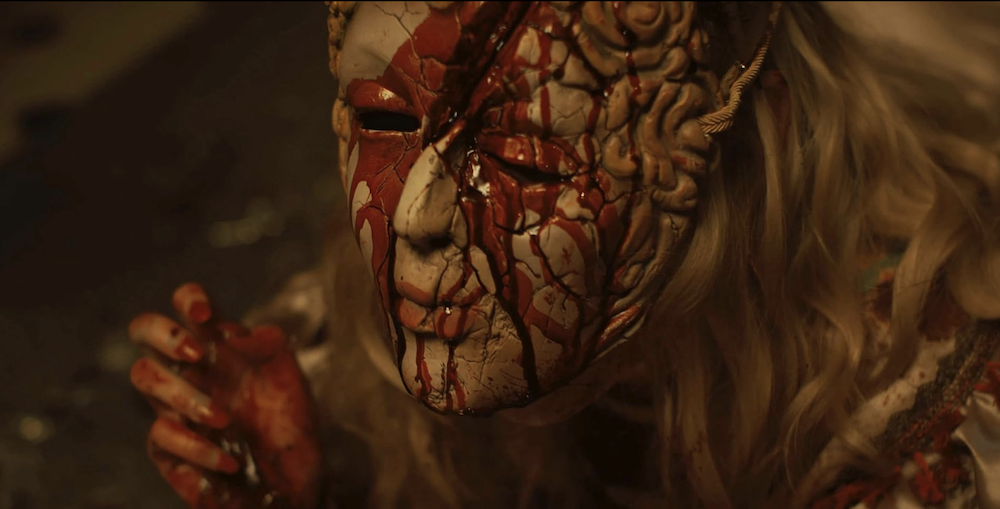
In the end, it’s not enough, unfortunately, and I really wanted to like this movie more than I did. It looks great, and the cast is talented and play their parts well. I really enjoyed the 1938 parts, and found the characters — both the Ratch family and the crew of the ship — developed enough to have that part of the story almost stand on its own. I get what they were trying to do in the contemporary part, and it does almost work, but the narrative becomes confused just a little too much, and that’s largely an editing and structural issue that could have been avoided. I understand that this was meant to be the beginning of a trilogy of films set on the Queen Mary, and I think this could have worked better if this was worked into two of those, instead of trying to cram so much story into — even at two hours — not enough screentime.
As it is, I somewhat doubt we’ll be seeing the 2nd and 3rd films.
Coming soon, Terror on the High Seas: Part Two, where I’ll discuss the latest in Universal’s new spin on its classic monsters: The Last Voyage of the Demeter.
![]()

